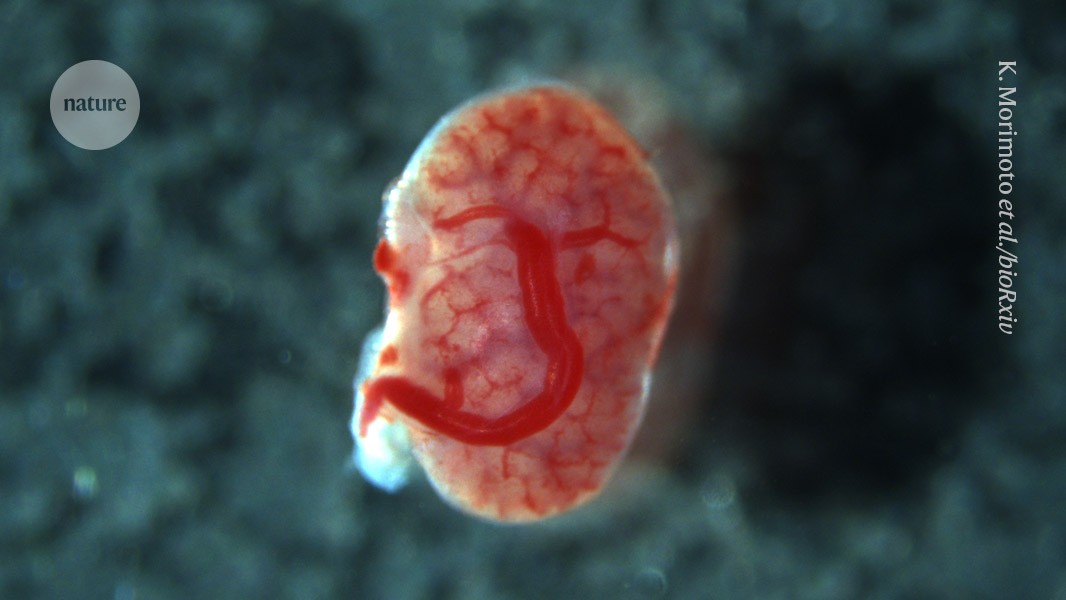"Surgeons in Japan have transplanted kidney tissue from one rat fetus to another, while the recipient was still in its mother's womb."
Whoa.
"In their study, Takashi Yokoo, a nephrologist at Jikei University School of Medicine in Tokyo, and his colleagues genetically modified rats to express a green fluorescent protein in their kidneys, so that the tissue could be tracked. They then extracted the green kidney tissue from rat fetuses, and used a tiny needle to insert it under the skin of the backs of 18-day-old rat fetuses developing in their mothers' wombs. The rat pups were born after the normal gestation period of around 22 days."
"The tissue gradually developed, forming waste-filtering units known as glomeruli and well-divided inner and outer kidney structures. Two-and-a-half weeks later, the kidneys began to produce urine. 'The timeline is considered to be almost identical to normal development,' says Yokoo. But because the transplanted kidney was not connected to the ureter, the urine had nowhere to go, so the researchers drained the kidney continuously until the rats were euthanized at around five months of age."
"Of the nine fetuses that underwent surgical transplants in four pregnant rats, eight developed fluorescent-green kidneys. In the ninth fetus, the transplanted tissue probably did not embed successfully."
"A close look at the kidneys revealed that the fetuses' blood vessels had grown inside the donated tissue, which made them less likely to be rejected by the immune system. A major cause of organ-transplant rejection is incompatibility between donor blood vessels and the host's body."
